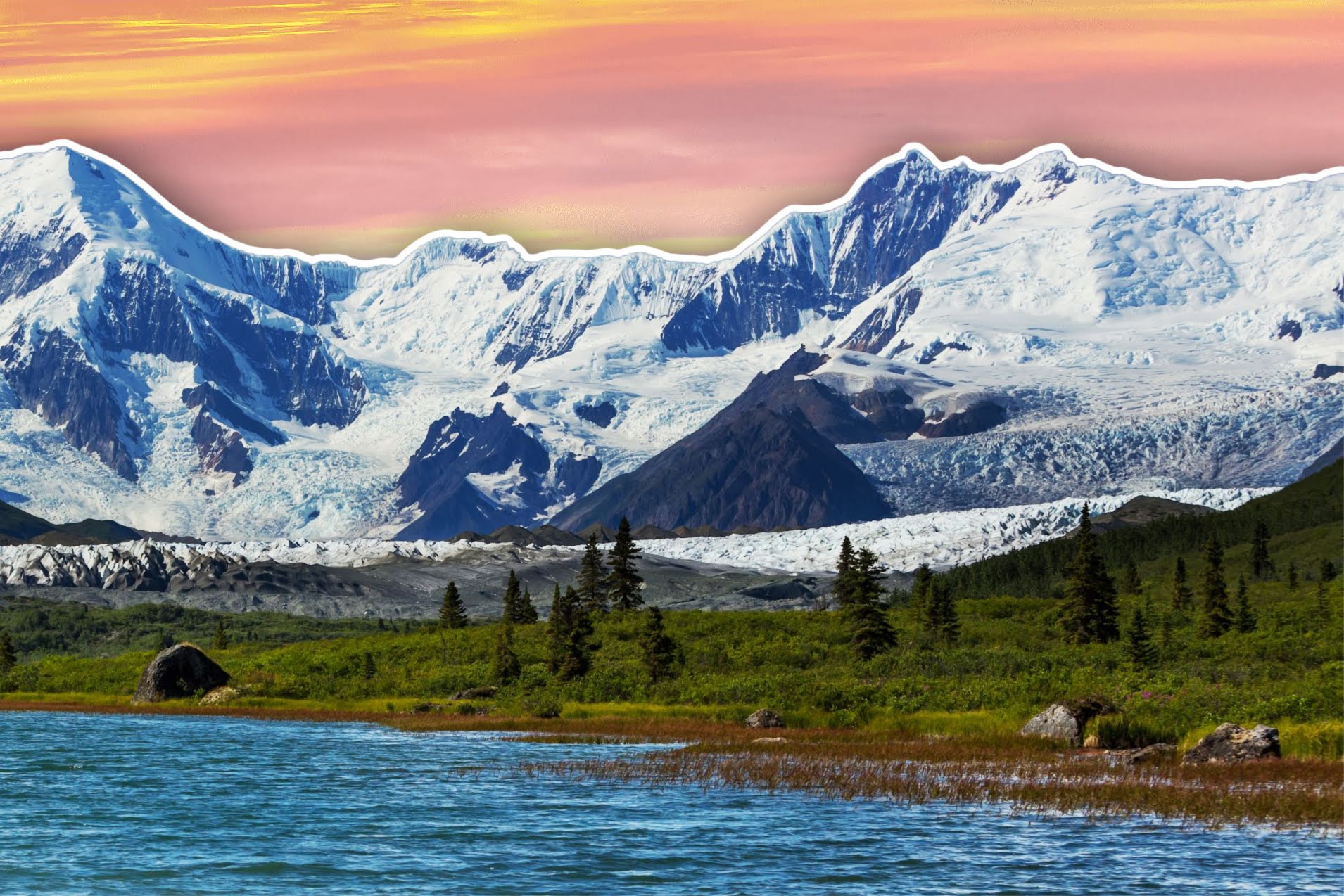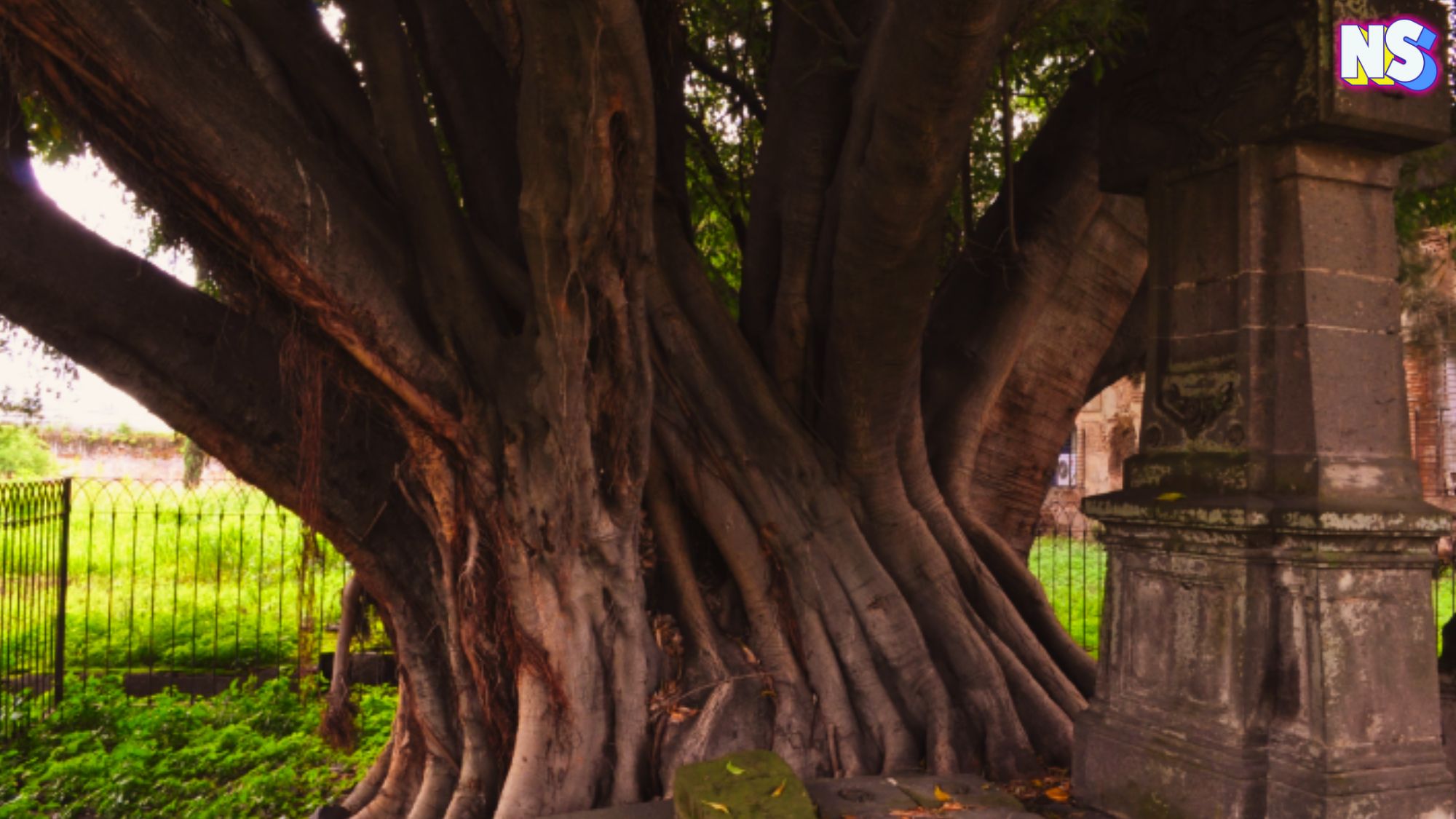Image courtesy of Nuestro Stories.
Did you know there’s a park six times the size of Yellowstone in the United States? We are talking about the Wrangell-St. Elias National Park and Preserve in Alaska. It is the largest park in the country and is home to numerous wildlife, volcanoes, and immense glaciers.
In the 18th century, the Wrangell-St. Elias National Park was one of the Spanish colonies. At that time, Spain sought to secure the lands of the Pacific coast because it felt the threat of Russia and England.

Hispanic Legacy
In the 1790s, the King of Spain sent Alessandro Malaspina and José de Bustamante y Guerra to observe and document botanical and mineralogical findings from north to south of the Americas along the Pacific coast for five years. The king sought to create up-to-date and accurate maps of the world.
The explorers were also to search for any British or Russian settlements along the northwest coast of the Pacific as well as the mythical Strait of Anian.
Although they never found the Northwest Passage, the scientists studied the lifestyle of the Tlingits, an indigenous people of the Pacific Northwest coast of North America.
Scientists were able to document and learn the language, customs, economy and methods of warfare, and even burial practices.
The surveys they conducted led them to study the entire Alaskan coast and explore glaciers, including the Malaspina Glacier and the height of Mount St. Elias.

The Wrangell-Saint Elias National Park is born
The Wrangell-Saint Elias National Park and Preserve was declared a national park and preserve in 1979 and 1980, respectively.
In addition to the Glacier, the Wrangell Mountains can be seen in the park. Named after the Russian explorer Ferdinand P. Wrangel, they extend 160 km from the Copper River to Mount St. Elias.
This National Park is also home to the Chugach Mountains, the largest subpolar ice field in North America and one of the park's most accessible areas.
The park can be accessed by two roads, one in the north and one in the south, and by airplane. Once inside the park, it is the setting for nature-oriented activities such as backpacking, hunting, fishing, river running, and mountaineering.
Fun facts:
- Spanish exploration portrayed members of the Tlingit tribe and drew from scenes in their daily lives.
- Many natural monuments are named after the explorer Alessandro Malaspina, the glacier, a lake, a strait, a village, and even a park in Canada.
- Malaspina Glacier, in southeastern Alaska, is the largest piedmont glacier in the world
- Although Spain also lost Alaska, its legacy can be seen in the names of the cities of Cordova and Valdez.
- The Wrangle-Saint Elias National Park and Preserve was named a national monument in 1978 by Unesco.
- Mount Wrangell last showed signs of volcanic activity in 1900
- The Nabesna Glacier, one of the longest continents glaciers, extends northward from the Wrangell Mountains.
Location: Alaska, United States
Take it a look for yourself here.





